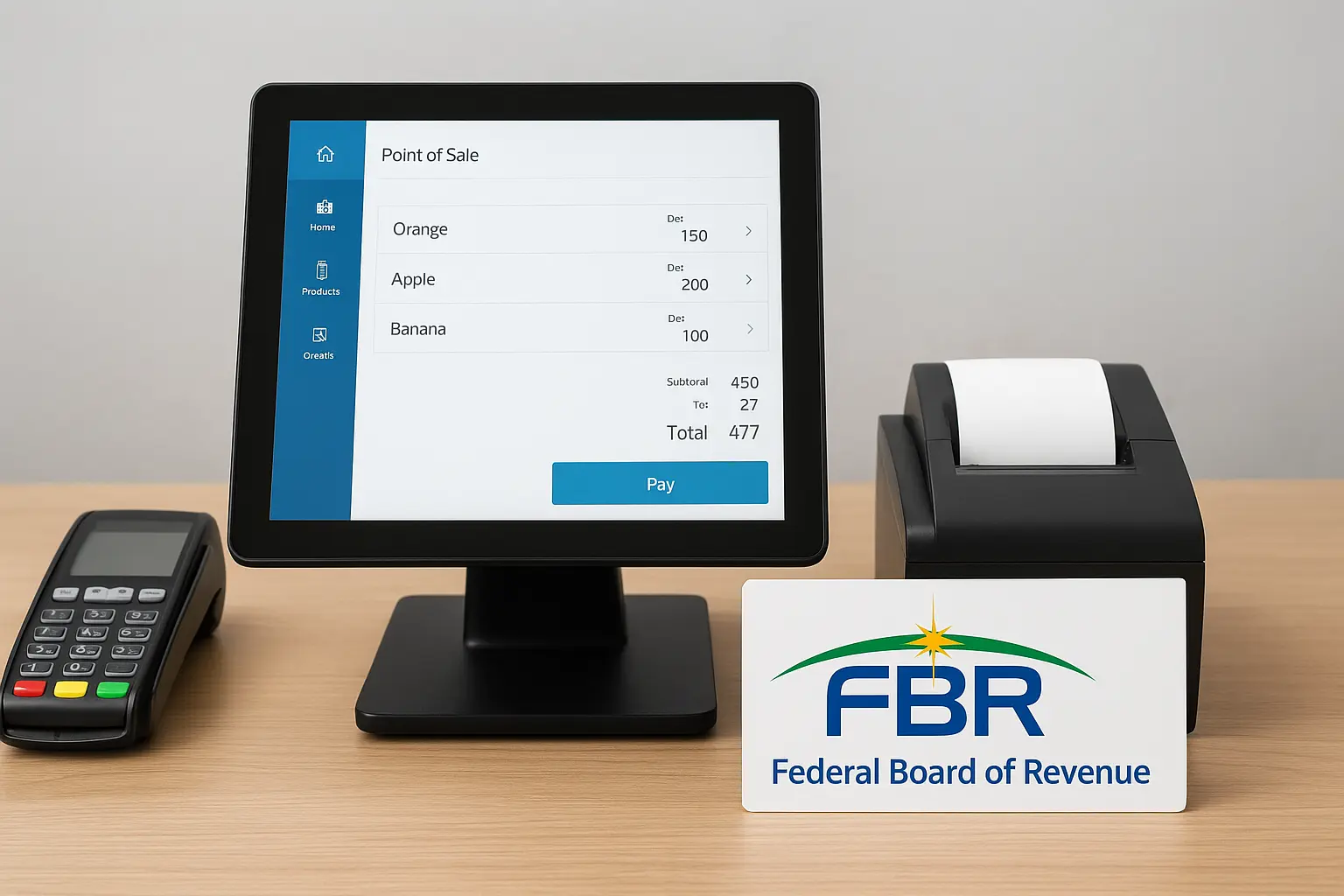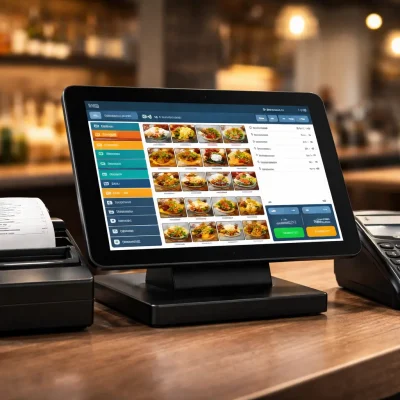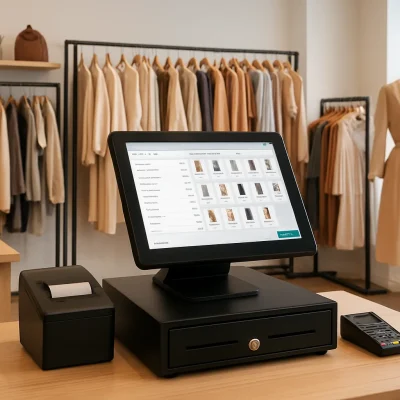If you run a business in Pakistan, it’s essential to connect your POS system with FBR to comply with the country’s digital tax laws. The Federal Board of Revenue (FBR) now requires many businesses to issue electronic invoices through registered POS software. By integrating your system properly, you can ensure transparency, accuracy, and compliance — without disrupting daily operations.
1. Why FBR E-Invoicing Compliance Matters
The main goal of FBR’s e-invoicing system is to digitize tax processes and reduce human error. When your POS software is linked to FBR, every sale is automatically reported, allowing the government to verify transactions in real time.
This connection benefits your business by:
- Keeping you compliant with FBR regulations.
- Reducing the risk of penalties or legal issues.
- Making your tax reporting faster and more accurate.
Simply put, integration helps your business operate smoothly and legally.
2. Which Businesses Must Connect Their POS System
Not all businesses are required to integrate immediately, but several sectors are prioritized. These include:
- Retail and supermarket chains.
- Restaurants and food outlets.
- Pharmacies, distributors, and wholesalers.
- Manufacturers and multi-branch stores.
If your business falls into these categories, it’s important to connect your system soon to avoid non-compliance notices.
3. What You Need Before Integration
Before you begin, make sure you have:
- Active FBR credentials (username and password).
- POS software that supports API integration.
- Stable internet connection for real-time invoice syncing.
- Business registration details (STRN, NTN, etc.).
Once these are ready, you can move forward with the setup confidently.
4. Steps to Connect POS System with FBR
Here’s a simple process to follow when integrating your POS system with FBR:
Step 1: Log in to the FBR Portal
Visit the FBR Taxpayer Portal and sign in with your credentials.
Step 2: Register Your POS Software
Under the “Integrated POS” section, register your POS system by adding vendor details and business information.
Step 3: Generate API Credentials
FBR will provide an API Client ID and Secret Key. These allow your software provider to establish a secure connection.
Step 4: Configure and Test Integration
Your POS provider will link your system using these credentials. After configuration, test a few invoices to confirm that they appear in the FBR system correctly.
Once testing is complete, your business is ready for FBR e-invoicing compliance.
5. Benefits of FBR Integration
Connecting your POS with FBR delivers several advantages, including:
- Automatic tax reporting with no manual entry.
- Real-time invoice submission for accuracy.
- Transparent sales data that improves credibility.
- Compliance confidence and peace of mind.
Moreover, automation reduces workload, saves time, and ensures your financial data is always audit-ready.
6. Common Integration Issues and Solutions
Some businesses encounter errors such as invalid credentials, outdated software, or connectivity problems. To prevent these, always work with a reliable POS provider who understands FBR integration standards. Regular software updates and stable internet also help maintain seamless performance.
7. How to Stay Compliant After Setup
Once you’ve connected your POS system with FBR, remember that compliance is ongoing. You should:
- Keep your POS software updated.
- Verify invoice submissions regularly.
- Store backup data securely.
- Follow new FBR notifications or changes.
Doing this ensures your business remains fully compliant year-round.
Conclusion
Connecting your POS system with FBR for e-invoicing compliance isn’t just about following rules—it’s about making your business smarter and more efficient. It enhances transparency, simplifies tax filing, and builds trust with both customers and regulators.
👉 At OneClick, we make integration simple. Our FBR-compliant POS software connects seamlessly with FBR systems, ensuring smooth operations and full compliance. Contact OneClick today to get started and bring your business into Pakistan’s digital tax era.




